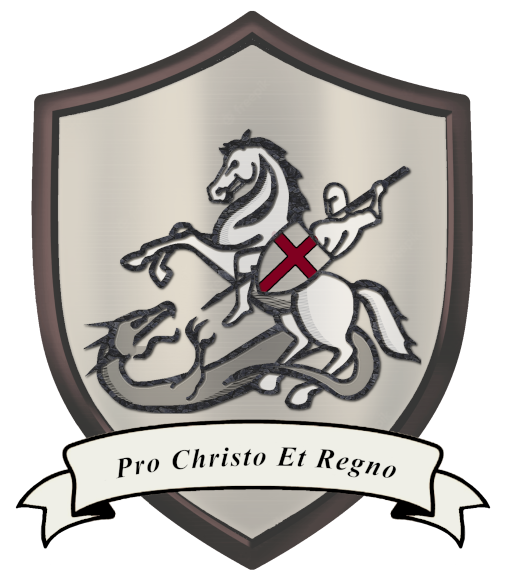What is Classical Christian Education?
Classical Christian education is a heritage of Western Civilization. It relies on the seven liberal arts and the canon of great works to cultivate virtue and wisdom in students by nourishing their souls on the true, the good, and the beautiful, preparing them for faithful service of the Lord Jesus Christ.
https://www.youtube.com/watch?v=bwyW_thbbVMhttps://www.youtube.com/watch?v=mYZDxqx3jxkhttps://www.youtube.com/watch?v=V95cvA26n2k
The History of CCE
Classical Christian education (CCE) was the standard form of education prior to the progressive movement that started in the early 20th century and continues today.
Classical education was created by the Greeks to train citizens to self-govern and live in freedom. By as early as the 2nd and 3rd centuries, church fathers such as Clement and Origin argued that the works of the Greeks and Romans should not be categorically rejected, but rather sifted for truth and goodness which could be used for the glory of God.
In the medieval era, scholastics refined the form into what inspires classical Christian education today. Rather than emphasizing “subjects,” it emphasizes seven “liberal arts,” which liberate the mind to be less subject to controlling influences. The goal is to cultivate wisdom in light of Christ’s creation and kingdom.
Components
of
CCE
The Liberal Arts
Trivium
and
quadrivium
The language arts of Grammar, Logic, and Rhetoric.
The mathmetical arts of arithmetic, geometry, music and astonomy.
The Great Books
The Great Books
The Bible, Homer, Plato, Sophicles, Calvin, Milton, Dante, Shakespeare, Plutarch, Locke, Austen, Aquinas, Darwin, Aristotle, Locke, Voltaire, Nietzsche, Twain
Many more….
The seven liberal arts are divided into two categories: the Trivium and the Quadrivium. The Trivium consists of grammar, logic, and rhetoric which are the verbal (language) arts. The Quadrivium consists of arithmetic, geometry, music and astronomy which are the quantitative arts. Together, these seven skills provide the essential tools for all subsequent learning and are therefore often referred to as “the lost tools of learning.”
The liberal art of grammar includes, of course, English grammar, as this is the language we speak. Traditionally, however, grammar referred to the classical languages of Greek and Latin. A classical education is incomplete without a study of one or both of the classical languages.
The canon of great works mentioned above refers to those works of history, philosophy, literature and theology which have proven most influential in Western Civilization from the time of the ancient Hebrews until modern times. The greatest of the Great Books is, of course, the Holy Scriptures, and all classic works studied will be read in light of the truth of the Bible. Reading original sources is an imperative in classical education. Ad fontes means “to the sources” in Latin. Rather than reading textbooks or commentaries or listening to lectures, it means reading original sources as much as possible. These literary treasures not only ground a student with a clear understanding of his cultural heritage, but develop in him a moral imagination and ability to wisely discern good from evil.
